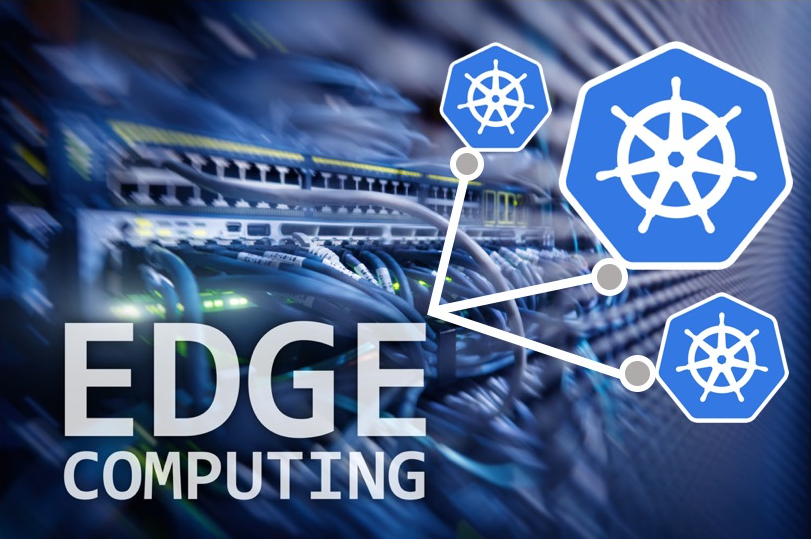If you’re in the tech community then it’s highly like that you have (at least) heard talk of edge computing. But what, exactly, is the latest tech buzzword referring to? What do they mean when they describe running applications “at the edge”? And, when it’s all said and done, what is it about edge computing that provides value to the end users? Read on to find the answers to these questions (and more) as I delve into one of the more popular use cases for edge computing – streaming video.
Below, I will help to familiarize you with the concept of edge computing. Additionally, I will discuss the impact that edge computing can have in the video space and how this impact can translate to a better user experience in the years to come.
What is Edge Computing?
If you do a Google search for edge computing, you will find that the specific definition varies somewhat depending upon the context in which it is being discussed. With that said, in simplest terms, edge computing refers to moving compute resources and data storage to geographical locations with greater proximity to the end users making the requests.
Let’s consider an extremely simplified scenario where an application is running on one server located in New York City. In the instance where a user located in Australia makes a request of this application, it makes sense that there will be some slowness due to the distance the data must travel to complete the request. With edge computing, the application is instead deployed to servers in multiple geographical locations around the world, with each user’s request being routed to the server location closest to them. This has the effect of decreasing the latency associated with the request. And, by distributing traffic by geographical region, the load on each individual server is also decreased.
Edge Computing and the Livestream Experience
To say that streaming video content online has gained traction over the past decade would be a gross understatement. For example, consider the projections for the number of U.S. households ditching traditional cable and satellite TV providers in the coming years. While it’s true that many of these households have simply given up their access to live TV events, it is also the case that many of these cord-cutters have transitioned to using live TV streaming services.
This transition is one example of a use case that highlights the need for reliability and scalability in the realm of video streaming. With a traditional and centralized infrastructure, bottlenecks form as the number of viewers grows. These bottlenecks lead to increased latency resulting in degrading video quality, network lag and more. To combat these bottlenecks, service providers can leverage edge computing practices by dispatching source streams to edge servers positioned in various geographical locations. In doing so, the provider is better positioned to scale for the number of users looking to stream the event, distributing viewer traffic in a logical manner that reduces load and reduces the physical distance that must be traveled to retrieve requested content.
Thinking Beyond Stream Quality with Edge Computing in the Video Space
While the importance of maintaining video quality for livestream events cannot be overstated, I’d be remiss not to speculate on the other potential manners in which the user experience can be bolstered by positioning compute power and data storage along the edge.
Interactive video experiences
Bringing data storage and compute power closer to the user can help ensure that user interaction with the video content they are streaming occurs with the immediacy required to make this feature effective from the user’s point of view. Features that provide functionality for displaying the statistics of a baseball game being streamed, or pulling the filmography of the actor that just appeared in a scene, require processing and data retrieval that can be accomplished in a more efficient manner when the resources needed to do so are located closer to the interacting viewer.
Effective and efficient content searchability and content suggestions
Content suggestions based on the predictive analysis of user preference data could also represent an important opportunity for edge computing in the world of video streaming. When the data associated with this type of activity is processed at the edge via low latency compute functionality, the user is presented with content that appeals to their preferences faster than ever. This serves to increase the likelihood that the end user discovers content that interests them with a level of immediacy that improves overall user experience.
The same is true for searching content libraries. By utilizing compute resources at the edge, more powerful and intuitive search functionality can be executed with greater speed than previously possible.
Targeted advertising based on user preference data
Nobody truly enjoys having ad breaks scattered throughout their streaming experience. But isn’t it (at least) a little more appealing when the advertisement is for a product or service that actually interests you? Processing user preference data at the edge can help ensure that the advertisements that interrupt the viewing experience relate to the user in some respect.
Additionally, utilizing compute and storage power at the edge helps to make certain that the targeted advertisement begins streaming quicker than ever, thereby allowing the user to get back to their desired content with as short an interruption as possible.
Wrapping Up
In this article, we explored edge computing in the context of video streaming. Some of the key points to take from this exploration include the following:
- Edge computing refers to the concept of bringing data storage and compute power closer to the end user, reducing latency and load and improving scalability in an effort to support a better user experience.
- The primary benefit of edge computing in the video streaming space can be attributed to reduced latency as lower levels of latency result in a smoother streaming experience free from network lag, dropped frames, untimely buffering or inaccessibility.
- As edge computing evolves, there will likely be other opportunities for providers to consider to improve the overall user experience. These include more effective interactive video features, improved content search capabilities, expanded use of user preference data (more personalized ad experiences, suggested content, etc.). All of this functionality to be supported by data storage and compute power at the edge.


